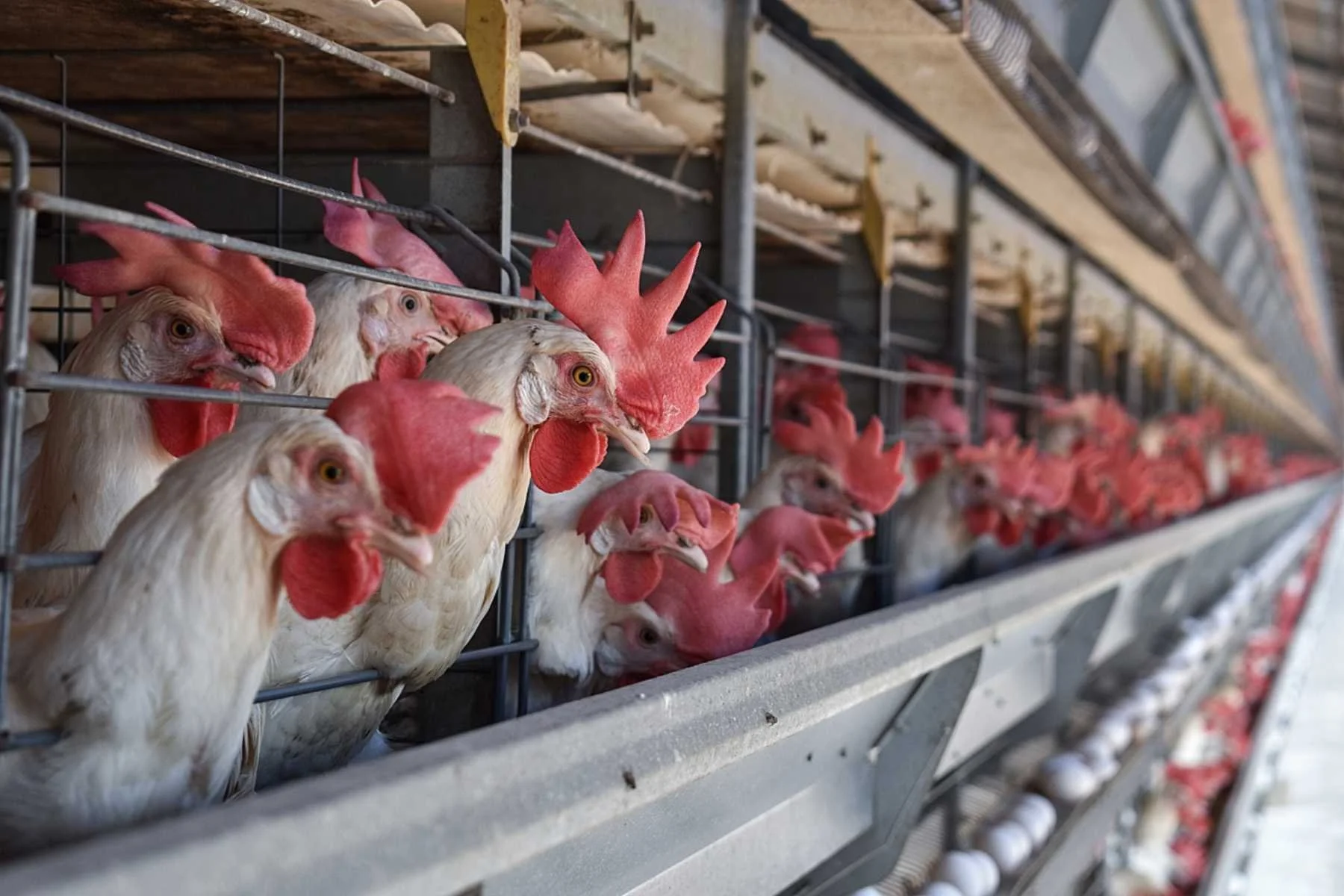Horse Meat Trade Condemned For Flying Live Horses Around the World For Slaughter
Thousands of live horses are sent on cramped, long-haul flights from the likes of Canada and France so that they can be slaughtered for human consumption.
Thousands of live horses are being transported on cramped, long-haul flights, inside crates without food or water, to meet the growing demand for horse meat in Japan.
Canada and France are the top suppliers of live horses to Japan, accounting for 71% and 21% of overall exports, respectively.
After being flown thousands of miles to Japan, the horses are usually fattened up for slaughter, which can take up to a year, before being sent to the abattoir. Horse meat is considered a delicacy in many parts of the world, especially Japan, where it is often served raw, thinly sliced, and dipped in soy sauce with grated ginger.
Between 25% and 40% of Japan's horse meat comes from imported horses, mostly in an effort to save money on the high costs of feeding the animals, according to research conducted by the consultancy Williams & Marshall Strategy.
Since 2013, around 40,000 have been exported from Canada to Japan. Campaigners have condemned the journey, which typically takes 22 hours, as cruel and inhumane: “They are…stuffed...into small wooden crates, three to four horses per crate. Often, there isn't enough headroom. There's no room to lay down. They can't stretch out. Sometimes horses have fallen...during takeoff and landing,” says Sinikka Crosland, executive director of the Canadian Horse Defence Coalition.
Undercover investigations have found instances of horses dying during transit, and others were kept in crates on the tarmac while waiting to be loaded onto the plane during a recent cold snap.
And Canada’s live horse exports to Japan have increased drastically, generating C$20m ($15.9m USD) in 2018, up from C$231,000 just eight years ago. As for Canada’s frozen horse meat exports, the trade was worth C$49m as of 2018, with Japan, the U.S., and France among the top importers. These figures account for various equines including horse meat, ass, mule, and hinny (male horse-female donkey cross).
Despite Canada playing a major role in the export of horse meat, consuming horses remains something of a taboo for many Canadians. “We haven’t been socialized for disconnect with horses,” Dr. Melanie Joy, author of ‘Why We Eat Pigs, Love Dogs, and Wear Cows’, told 680 News. “Animals like monkeys or gorillas we see as beings, for example, not food. It’s the difference between eating someone, not something.”
However, one of Canada’s horse meat producers defended the trade. “Horses are livestock in Canada and should be considered the same as other livestock,” a businessman in the trade told Macleans. His business provides horse owners who need to get rid of their animals with a “humane service and financial gain”.
Canada’s emergence as one of the major horse meat suppliers coincided with the U.S. federal government’s decision in 2007 to outlaw horse-processing plants across the country.
Meanwhile, it seems that France is fairly new to the industry: “Around 2016 or 2017, the Japanese started to come to France to investigate where they could buy horses,” said Stéphanie Ghislain, of the Eurogroup for Animals. In 2017, 80 live horses were sent to Japan for slaughter. That number is rising sharply though, with 959 live horses exported in 2019.
Recent events have led to renewed calls for a ban on the live export of all animals, not just horses. Just last month thousands of cattle were subjected to ‘hellish’ conditions onboard stranded livestock ships for more than three months. And last year, more than 40 crew members and around 6,000 cattle died after a huge live export ship sank in the East China Sea, after departing from New Zealand.
The Canadian Horse Defense Coalition is working towards ending horse slaughter and the live export of horses for slaughter for human consumption. Learn more about how you can help support their work here.
More stories:
Species Unite
A collection of stories of those who fight the good fight on behalf of animals.




From an owl who taught a city how to hope, to the fight to restore collapsing kelp forests, to the urgent push for justice for animals harmed by human systems - these are the stories behind Species Unite’s most listened-to podcast episodes of 2025.